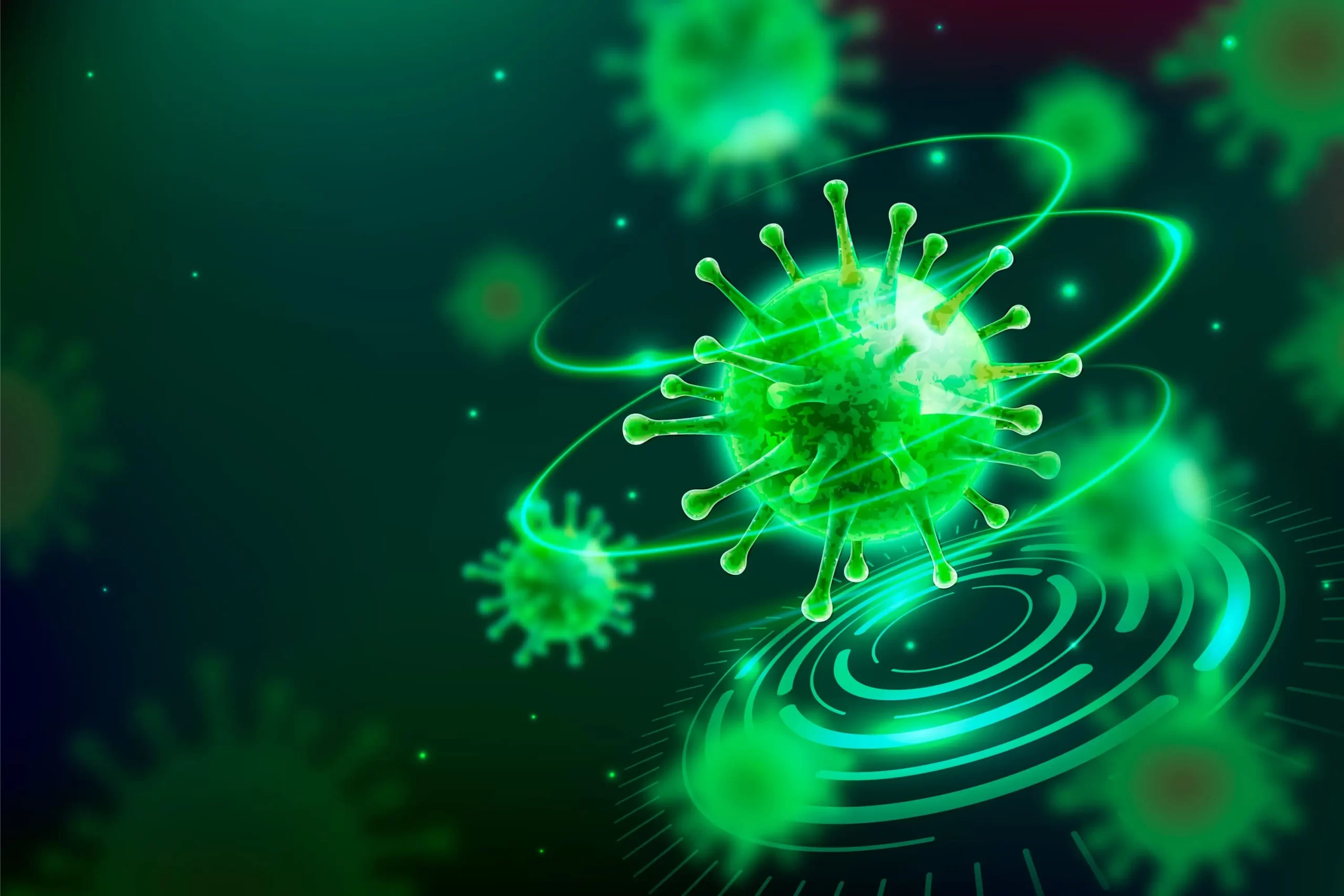Human Immunodeficiency Virus (HIV): Transmission, Prevention, and Management
Human Immunodeficiency Virus (HIV) is a virus that attacks the immune system, weakening the body’s ability to fight off infections and diseases. Understanding how HIV is transmitted, prevented, and managed is crucial for both individuals and communities to combat its spread and support those living with the virus.
Transmission of HIV
HIV can be transmitted through specific bodily fluids from an infected person to another individual. The most common modes of transmission include:
Unprotected Sexual Contact: Engaging in unprotected sexual intercourse with an infected person can transmit HIV. This includes vaginal, anal, or oral sex without a barrier method like condoms.
Sharing Needles: Sharing needles or syringes with someone who has HIV, particularly among intravenous drug users, poses a high risk of transmission.
From Mother to Child: HIV can be transmitted from an infected mother to her child during pregnancy, childbirth, or breastfeeding. However, with appropriate medical interventions, the risk of transmission can be significantly reduced.
Blood Transfusions: While rare in countries with strict blood screening protocols, HIV can be transmitted through infected blood or blood products.
Prevention of HIV
Preventing HIV transmission involves adopting preventive measures to reduce exposure to the virus:
Safe Sexual Practices: Using condoms consistently and correctly during sexual intercourse can greatly reduce the risk of HIV transmission. Limiting sexual partners and knowing their HIV status also helps.
Needle Exchange Programs: For individuals who inject drugs, using clean needles and syringes obtained from needle exchange programs reduces the risk of HIV and other infections.
Pre-Exposure Prophylaxis (PEP): PEP involves taking medication (e.g., Truvada) daily to prevent HIV infection before potential exposure. It is recommended for individuals at high risk of HIV.
Treatment as Prevention (TP): People living with HIV who adhere to antiretroviral therapy (ART) can achieve viral suppression. This not only improves their health but also reduces the likelihood of transmitting HIV to others.
Education and Awareness: Promoting awareness about HIV transmission, stigma reduction, and regular HIV testing are essential components of prevention efforts.
Management of HIV
Effective management of HIV involves medical treatment, support services, and lifestyle adjustments:
Antiretroviral Therapy (ART): ART is the cornerstone of HIV treatment. It involves a combination of HIV medicines that suppress the virus, allowing people with HIV to live longer and healthier lives.
Regular Medical Care: Monitoring HIV progression, managing potential side effects of medications, and addressing other health issues through regular medical appointments are critical.
Support Services: Access to mental health support, nutritional counseling, and assistance programs for medication adherence can significantly improve quality of life for people living with HIV.
Lifestyle Adjustments: Adopting a healthy lifestyle, including regular exercise, a balanced diet, and avoiding substances like tobacco and excessive alcohol, supports overall health and immune function.
Conclusion
Understanding HIV transmission, prevention, and management strategies is crucial for individuals, healthcare providers, and communities worldwide. By implementing effective prevention measures, ensuring early diagnosis, and providing comprehensive support and care, we can collectively work towards reducing the impact of HIV and improving the lives of those affected by the virus.







